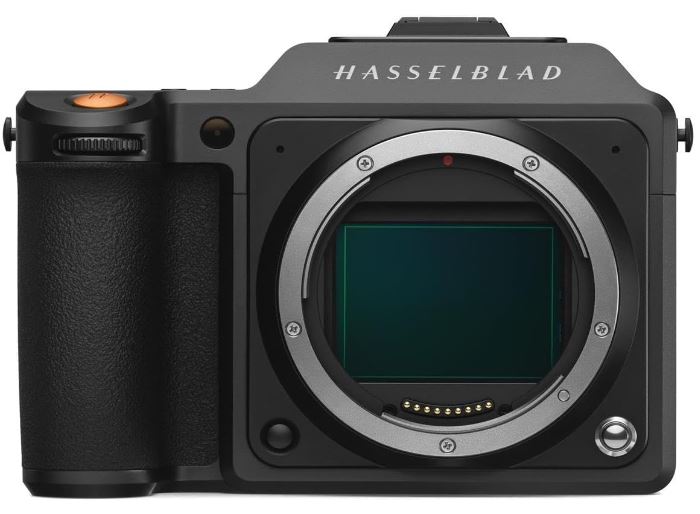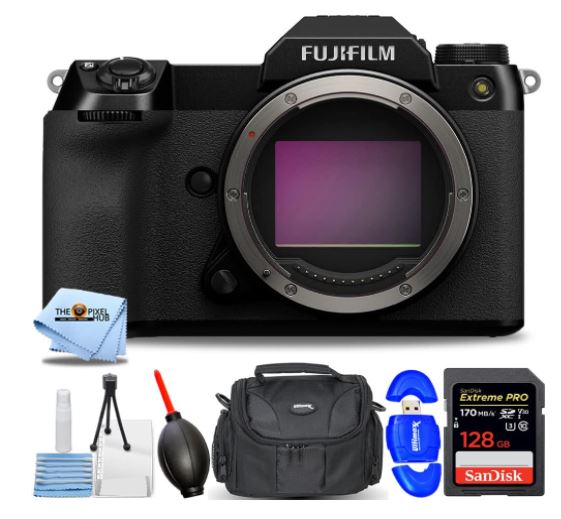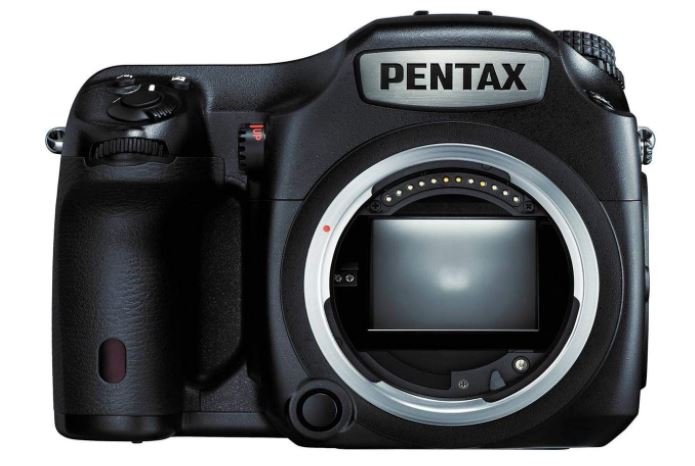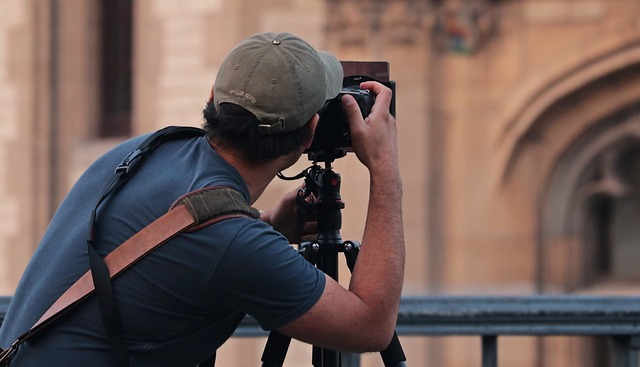Outdoor photography with a medium format camera offers unparalleled image quality, depth, and detail. To make the most of your outdoor shoots, it is essential to set up your medium format camera correctly. Below, we provide a comprehensive guide to help you capture stunning outdoor photos with your medium-format camera.
Keep Reading: Medium Format Cameras for Macro Photography
Understanding Your Medium Format Camera
| Image | Product | Price |
|
Our Pick
1

|
Hassel X1D |
|
|
2

|
Fujifilm GFX |
|
|
3

|
Pentax 6457 |

Medium format cameras are known for their larger sensor size compared to standard DSLR or mirrorless cameras. This larger sensor allows for higher-resolution images, greater dynamic range, and superior low-light performance. Familiarize yourself with the specific features and settings of your medium format camera to harness its full potential.
Essential Equipment for Outdoor Photography
- Tripod: Stability is crucial for capturing sharp images. A sturdy tripod helps prevent camera shake, especially during long exposures or in windy conditions.
- Filters: Use polarizing filters to reduce glare and enhance colors, and neutral density filters for long exposure shots during daylight.
- Remote Shutter Release: Minimizes camera shake during exposure.
- Weather Protection: Invest in rain covers and lens hoods to protect your gear from the elements.
Camera Settings for Optimal Outdoor Photos
ISO Sensitivity
Keep your ISO as low as possible to reduce noise and maintain image quality. Medium format cameras perform exceptionally well at low ISO settings, often around ISO 100 or lower.
Aperture Settings
Choose an aperture setting that balances depth of field and sharpness. For landscapes, a smaller aperture (higher f-number) like f/8 or f/11 ensures a wide depth of field. For portraits, a wider aperture (lower f-number) like f/2.8 or f/4 can create a beautiful bokeh effect.
Shutter Speed
Adjust your shutter speed based on the subject and lighting conditions. For moving subjects or handheld shots, a faster shutter speed helps avoid motion blur. For long exposures, use a slower shutter speed with a tripod for stability.
Mastering Focus Techniques
Manual Focus
Manual focus provides precise control, which is essential for medium format cameras. Use focus peaking or magnification features to ensure critical focus, especially in low light or complex scenes.
Autofocus
Many medium format cameras offer reliable autofocus systems. Utilize single-point autofocus for pinpoint accuracy or continuous autofocus for tracking moving subjects.
Utilizing Light for Outdoor Photography
Golden Hour
The golden hour, shortly after sunrise and before sunset, provides soft, warm light that enhances the natural beauty of your subjects. Plan your shoots around this time for optimal lighting conditions.
Blue Hour
The blue hour, just before sunrise and after sunset, offers a cool, diffused light that can add a mystical quality to your images. It’s perfect for cityscapes and landscapes.
Harsh Sunlight
When shooting in harsh sunlight, use reflectors or diffusers to control shadows and highlights. Position your subject in the shade to avoid overexposure and create even lighting.
Composition Techniques for Striking Outdoor Photos
Rule of Thirds
Divide your frame into a 3×3 grid and place key elements along these lines or at their intersections. This creates balanced and visually appealing compositions.
Leading Lines
Incorporate natural or man-made lines that lead the viewer’s eye towards the main subject. Paths, rivers, and roads are excellent examples of leading lines.
Foreground Interest
Add elements in the foreground to create depth and context in your images. Rocks, plants, or other objects can draw attention and enhance the overall composition.
Post-Processing Tips for Medium Format Images
RAW Format
Always shoot in RAW format to preserve maximum detail and flexibility during post-processing. Medium format cameras excel in capturing high-resolution images that benefit greatly from RAW processing.
Color Correction
Adjust white balance and color tones to match the scene’s mood. Medium format sensors capture a wide color gamut, allowing for rich and accurate color reproduction.
Sharpening and Noise Reduction
Apply sharpening to enhance details and noise reduction to minimize grain, especially in low-light shots. Balance these adjustments to maintain a natural look.
Maintaining Your Medium Format Camera
Regular Cleaning
Keep your camera and lenses clean to avoid dust and dirt affecting your images. Use a blower and microfiber cloth for gentle cleaning.
Battery Management
Medium format cameras can be power-hungry, especially during long shoots. Carry spare batteries and keep them warm in cold weather to maintain performance.
Storage Solutions
Use high-quality memory cards with fast write speeds to handle the large file sizes of medium format images. Carry extra cards to ensure you never run out of storage space.
By following these detailed guidelines, you can set up your medium format camera for successful outdoor photography. Capture the beauty of nature with stunning clarity and depth, leveraging the advanced capabilities of your medium format camera to their fullest.
FAQs
1. Why is a tripod essential for medium format outdoor photography?
A tripod provides stability, crucial for capturing sharp images, especially in low light or with long exposures. It helps prevent camera shake and ensures clear, detailed shots.
2. What type of filters are recommended for outdoor shoots with a medium format camera?
Polarizing filters reduce glare and enhance colors, while neutral density filters allow for long exposures during daylight. Both types of filters can improve the quality of your outdoor photos.
3. How do I choose the right aperture for outdoor photography?
For landscapes, use a smaller aperture (e.g., f/8 or f/11) to ensure a wide depth of field. For portraits, a wider aperture (e.g., f/2.8 or f/4) creates a shallow depth of field and a pleasing bokeh effect.
4. What is the best time of day for outdoor photography?
The golden hour (shortly after sunrise and before sunset) provides soft, warm light. The blue hour (just before sunrise and after sunset) offers cool, diffused light. Both times are ideal for outdoor photography.
5. How can I maintain my medium format camera during outdoor shoots?
Regularly clean your camera and lenses with a blower and microfiber cloth. Carry spare batteries and high-quality memory cards. Protect your gear with weather covers and lens hoods.
Conclusion
Setting up your medium format camera for outdoor shoots involves understanding your equipment, mastering settings, utilizing light effectively, and maintaining your gear. By following these detailed guidelines, you can capture stunning outdoor photos with unmatched clarity and depth. Leverage the advanced capabilities of your medium format camera to their fullest, ensuring each shot is a masterpiece.

